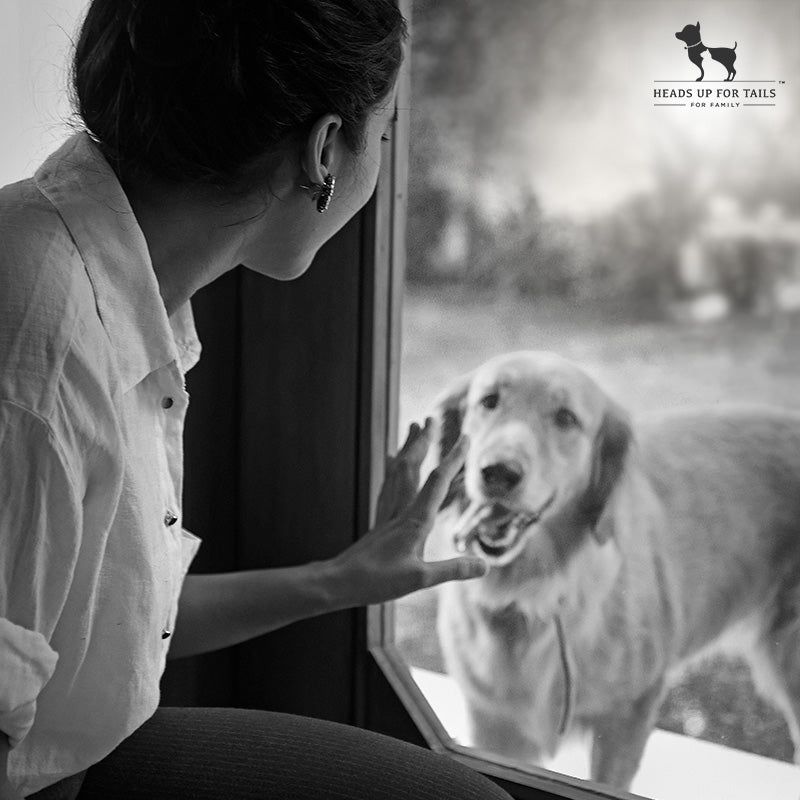
When the pandemic knocked on our doors, a lot of uncertainty entered our lives. Our pets have witnessed us constantly moving in and out of Covid-lockdowns. And as much as they have enjoyed our constant companionship, it is also true that this change is overwhelming for them as well.
Dog anxiety or better known as separation anxiety in dogs are different forms of distress behavioural response experienced by a dog when they’re parting or being separated from their parents.
If you have observed your dog following you everywhere, being stuck to you while you work or struggling when you leave them alone, even if it's for five minutes, then these could be indicative that your dog might struggle with separation anxiety.

‘Pandemic pets’ or ‘pandemic puppy’ is a term that’s today widely being used for pets who were adopted or brought home during the Covid-19 pandemic lockdown. Most of these puppies have developed their personalities by spending a substantial amount of time with their human parents and perhaps lesser time with themselves or even socialising with other pets. Experts believe that it is natural that ‘pandemic pets’ are most likely to develop separation anxiety.
So whether you are a new pet parent with a ‘pandemic pet’ or an older pet parent finding it difficult to navigate these changes with your dog, know that each dog may struggle with separation anxiety to a certain extent. Hence, it’s important to look out for signs of early on.

How do you know if your dog is struggling with separation anxiety? Look out for these signs of anxiety in dogs:
HUFT Tip: If you feel your dog is experiencing above signs of separation anxiety, start by maintaining a log book where you monitor your observations. It should include the particular behaviour, the scenario and time when your dog is stressed or anxious. These observations will be helpful if you wish to consult a behaviour expert in the future.
With 26 years of experience in dog training and canine behaviour, Shirin Merchant talks about the steps you can take to ease your dog’s separation anxiety.
Shirin recommends each dog parent to start by establishing healthy boundaries with their dog one or two weeks before they start going back to work. This will help your dog be comfortable being alone even when you’re present at home.

Start by not letting your dog follow you from one room to another. Help them settle in one place with an exciting distraction. You can take help of any interactive toy, a treat-dispensing toy or a chew bone to help them stay occupied.
The best time to start this process is when your dog is in a natural sleepy state. Play with your dog for 15 minutes before they sleep. Once they are tired, leave them alone with their favourite toy or chew.

Initially, let your dog spend time alone for 5 minutes. Gradually, increase this time to 20-30 minutes. Do this over days and weeks and not in a single day.
At first your dog might struggle with being alone. But once you have built reassurance and trust that you will always come back, your dog will be comfortable with you being away.
Shirin’s Tip: Your dog will pick up on any anxiousness or apprehensions you might have when you’re leaving them alone. Start by feeling positive emotions before leaving them alone. Do not rely too much on food or toys as a distraction but rather use your positive emotions to make your dog feel at ease.
Concerns like separation anxiety are best addressed with the help of a canine behaviour consultant to make sure that there is no long term impact on the dog’s emotional and behavioural health.

Separation anxiety in dogs can be a stressful situation for any pet parent. With the right advice and support at the right time, we easily step out knowing that our dogs are happier, relaxed and safe at home.